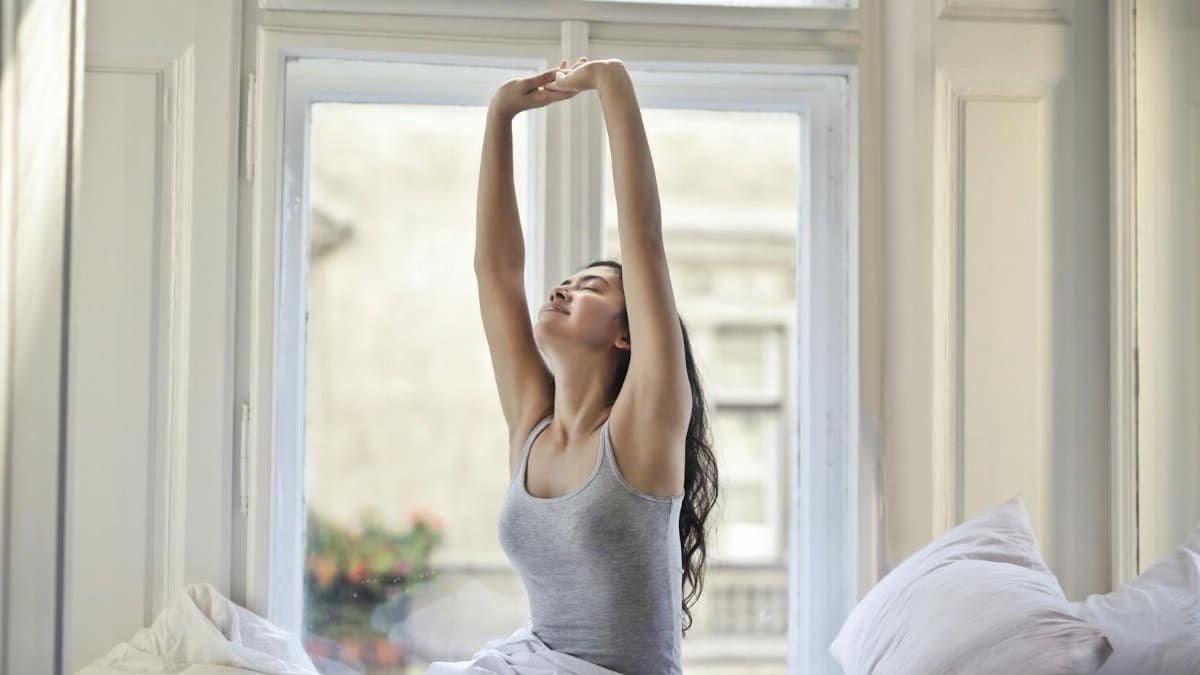Is morning sunlight circadian really the secret to better health? Science says yes. Exposure to natural light at sunrise can reset your body’s internal clock, known as the circadian rhythm, influencing sleep, mood, and energy levels. It’s a free, simple hack that’s gaining traction among wellness enthusiasts in 2025. With stress and screen time throwing our natural cycles out of whack, this age-old remedy might be the reset we all need. Here’s why morning sunlight matters and how to make it work for you.
What Is Morning Sunlight Circadian?

At its core, morning sunlight circadian refers to the practice of exposing yourself to natural light shortly after waking to align your body’s circadian rhythm. This internal clock regulates sleep-wake cycles, hormone production, and even digestion. Morning light signals to your brain that the day has begun, suppressing melatonin (the sleep hormone) and boosting alertness. Studies from institutions like the National Institutes of Health highlight how light exposure impacts these biological processes.
Why Timing Matters

Not all sunlight is equal. Morning light, especially within the first hour of waking, is most effective for syncing your circadian rhythm. Its blue wavelengths tell your brain to wake up and stay sharp. Miss this window, and your body might struggle to find its natural groove, leading to sluggishness or poor sleep. Researchers at Stanford University have noted that early light exposure can improve sleep quality by reinforcing a consistent cycle.
The Science Behind the Magic

Morning sunlight triggers a cascade of biological responses. It boosts serotonin, a mood-lifting chemical, while setting the stage for melatonin production later at night. This dual effect helps you feel energized during the day and sleepy when it’s time to rest. Disruptions to this cycle—think late-night screen glare or irregular schedules—can lead to fatigue, anxiety, or worse. Harnessing morning light is a natural way to counteract these modern pitfalls.
Benefits Beyond Sleep

Aligning with morning sunlight circadian principles does more than fix your sleep. It can elevate mood, reduce stress, and even sharpen focus. People report feeling more grounded and less frazzled after consistent exposure. Some studies suggest it may lower risks of seasonal affective disorder (SAD), especially in darker months. It’s a small habit with outsized effects on mental and physical wellness.
How to Get Your Dose

Getting started is easy. Step outside for 5-15 minutes within an hour of waking. No direct staring at the sun—just let the ambient light hit your eyes. Cloudy day? It still works; natural light, even diffused, has an impact. If you’re stuck indoors, sit by a window or invest in a light therapy box that mimics sunrise. Consistency is key to reaping the rewards.
Modern Barriers to Overcome

Urban living and 24/7 tech make it tough to prioritize morning sunlight. Many Americans spend 90% of their time indoors, missing out on natural light cues. Blue light from phones at night further confuses our circadian clocks. Breaking this cycle means being intentional—set a reminder to step outside or rethink your morning routine. Small changes can realign your body with nature’s rhythm.
Real Results from Real People

Take Jenna, a 34-year-old from Chicago. After months of insomnia, she started a 10-minute morning walk at sunrise. Within a week, she felt more alert and slept better. Her story isn’t unique—countless others in 2025 are turning to morning sunlight circadian practices for a natural boost. While individual results vary, the trend reflects a growing desire for simple, effective wellness solutions.
